The Significance of Chimney Cap Repair
Repairing the chimney cap is an important maintenance task for your safety, better life of the chimney and to avoid any inconvenience. Damaged or missed caps can cause several disadvantages such as blockage, debris inside the chimney and the risk of fire which is very dangerous. Regular maintenance can prevent these issues and give your chimney a long life.
Why are chimney caps important?
The most crucial chimney maintenance can be found in a professional chimney sweep’s agreement to carry out regular inspections. A thorough inspection by professionals will reveal many problems at their early stages and these may include issues such as efflorescence formed in a chimney, cracks in the flue liner or animals nests.
Don’t Neglect Cleaning:
Regular chimney sweep is as important as any other maintenance as chimneys contain creosote, soot, and dirt which may clog the flue. These compounds can accumulate and will definitely result in a fire risk while at the same time make proper ventilation hard. Let a professional sweeper from Brusher’s chimney do the cleaning of your chimney once or twice in a year minimum for you to be able to resolve any chimney issues for a long time.
Do Use Seasoned Firewood:
The burning of wood that has been dried for at least 6 months and then seasoned can help to minimize the depositing of creosote in the chimney. Wet or green wood produces more smoke and creosote resulting in a higher risk of chimney fires. If there is any difficulty then please let us know and our experts will be there at your service.
Don’t Burn Trash or Cardboard:
The utilization of trash, cardboard or other non intended materials for fireplace will synthesize chemicals of harmful type and cause excessive amounts of creosote to generate. Use mainly mature firewood or bio-logs which are designed for applying in fireplaces.
Do Install a Chimney Cap:
A chimney cap acts as a barrier to keep rain, snow, leaves, and animals out of your chimney. The efficiency of a solar chimney is not only about creating a pressure gradient causing hot air to move upwards but also in draught and airflow improvement, eliminating any downdraft and blockages.
Don’t Overload the Firebox:
Don’t pile too much wood or fuel in your fireplace, it can jam the flue. Excessive fuel can cause incomplete combustion, excessive smoke, and bigger creosote deposits. Follow the fuel load and burning scheme provided by the manufacturer.
Do Maintain Proper Ventilation:
Natural ventilation needs to be in place for taking smoke, gas and other waste from combustion, outside of your house. If you are going to use your fireplace then leave the air vents & dampers open to keep good air circulation.
Don’t Neglect Carbon Monoxide Detectors:
Put in carbon monoxide detectors in the area of your fireplace and throughout your house to warn you of this odorless and colorless gas. Batteries shall be replaced and tested at regular intervals to ensure working condition of the detectors.
Following even one of these Dos and Don’ts of chimney care, you would get to spend your entire season with a safe, effective, and trouble-free fireplace. Don’t forget to have timely inspections and cleanings, use appropriate burning practices, and take care of any problems instantly to assure that your chimney is in an excellent shape.


